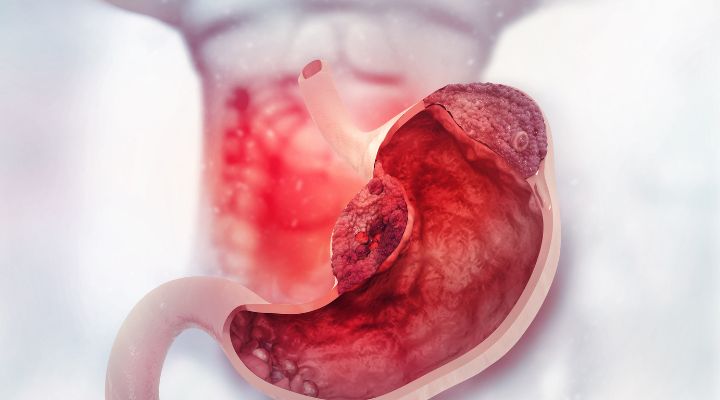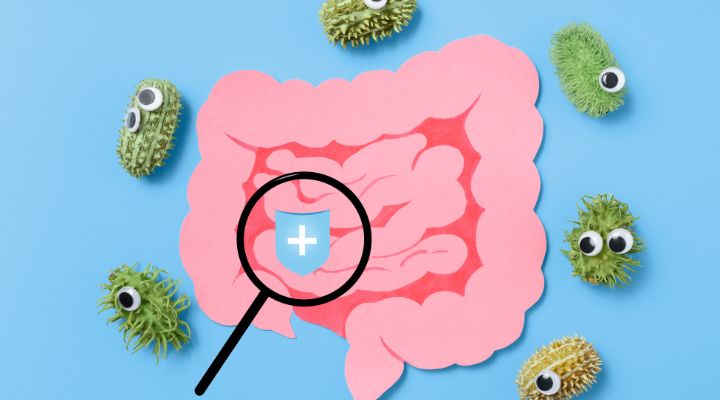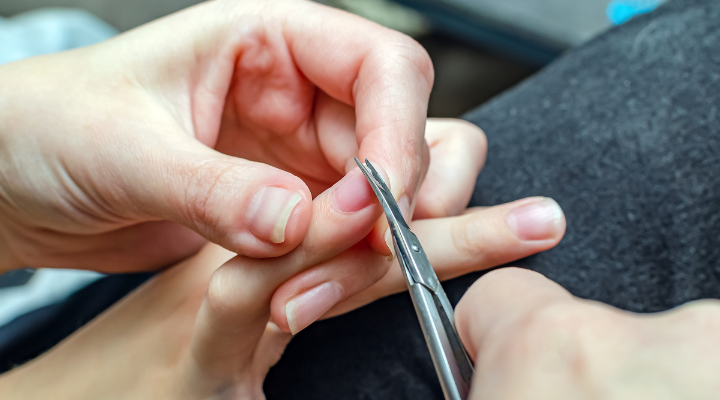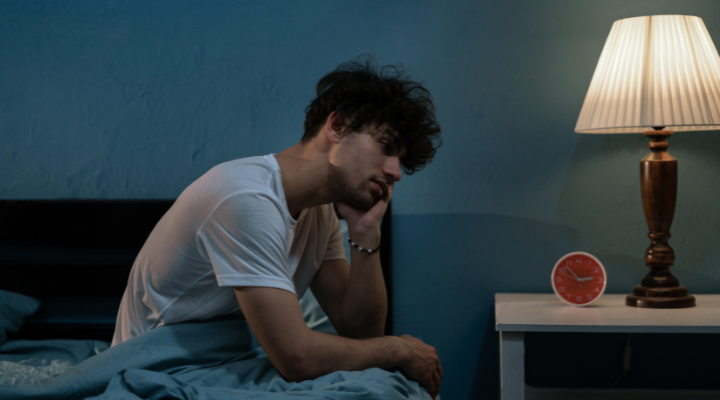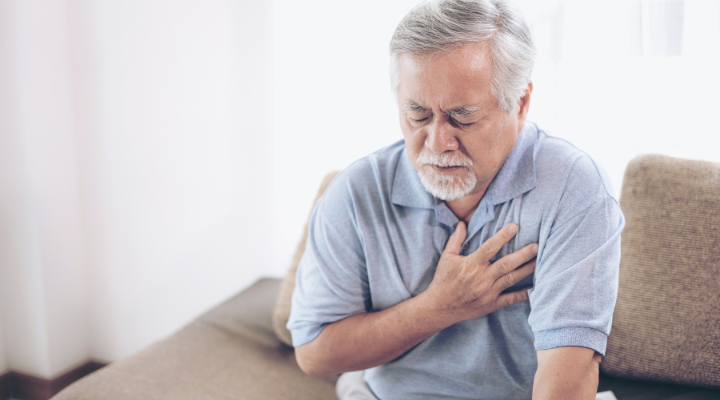One Month Before STROKE Your Body Will Send You These Warning Signs

Introduction It’s simple to ignore the tiny indications our bodies are sending us in the midst of everyday chaos. However, knowledge is essential when it comes to health. A stroke is a dangerous medical emergency that has to be treated…



